Reduction Print
For millennia, the mandragora has walked the thin line between sacred medicine and forbidden magic. This mysterious plant, with its humanoid root that seems to mirror our own bodies, has been revered as a powerful healer and feared as a tool of dark enchantment.
Ancient civilizations from Mesopotamia to Egypt treasured the mandragora for its mystical properties, recognizing its ability to ease pain, induce visions, and aid in fertility. As a plant with the shape of a human body, the mandrake was believed to exercise control over the body: it could induce love or conception, or bring good fortune, wealth and power. Women, as keepers of herbal wisdom, understood its secrets – how to harvest it safely, how to prepare it for healing, how to harness its power for good.
But as patriarchal institutions gained strength, this feminine knowledge became dangerous. In medieval times, mandrake was considered a key ingredient in a multitude of witches’ flying ointment recipes as well as a primary component of magical potions and brews. What was once sacred medicine became evidence of witchcraft. The church, threatened by women’s autonomy and healing knowledge, transformed the mandragora from ally to adversary.
The plant’s most haunting myth – that it would “emit a cry so powerful that it could kill the person who tried to uproot it” – speaks to this transformation. Perhaps this shriek was the echo of all the wise women silenced, all the healers condemned, all the sacred knowledge lost to fear and control.
This artwork reclaims the mandragora’s true essence – sensual, powerful, and unashamed. The root figure embodies the divine feminine that patriarchal forces sought to suppress, presenting her not as demonic, but as she truly is: mysterious, potent, and beautifully human in her complexity.
In celebrating the mandragora, we honor the herbalists, midwives, and healers who carried this knowledge through centuries of persecution, keeping alive the sacred relationship between women and the plant world.


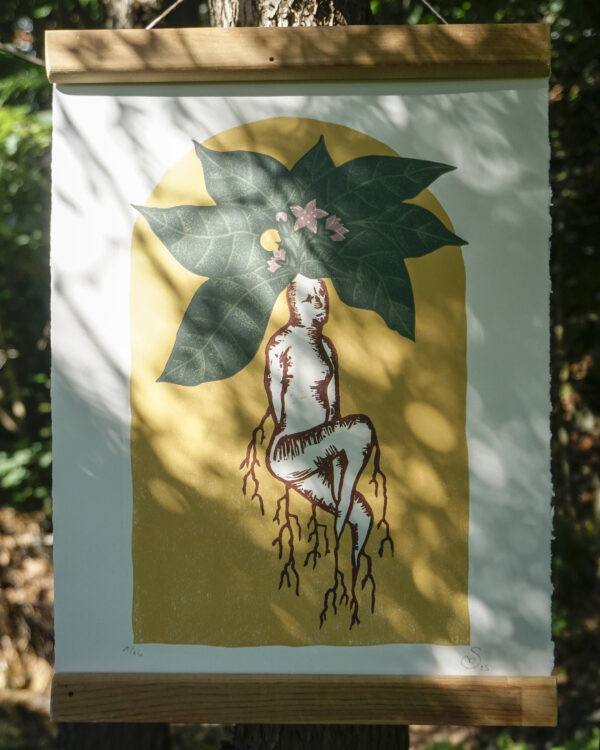
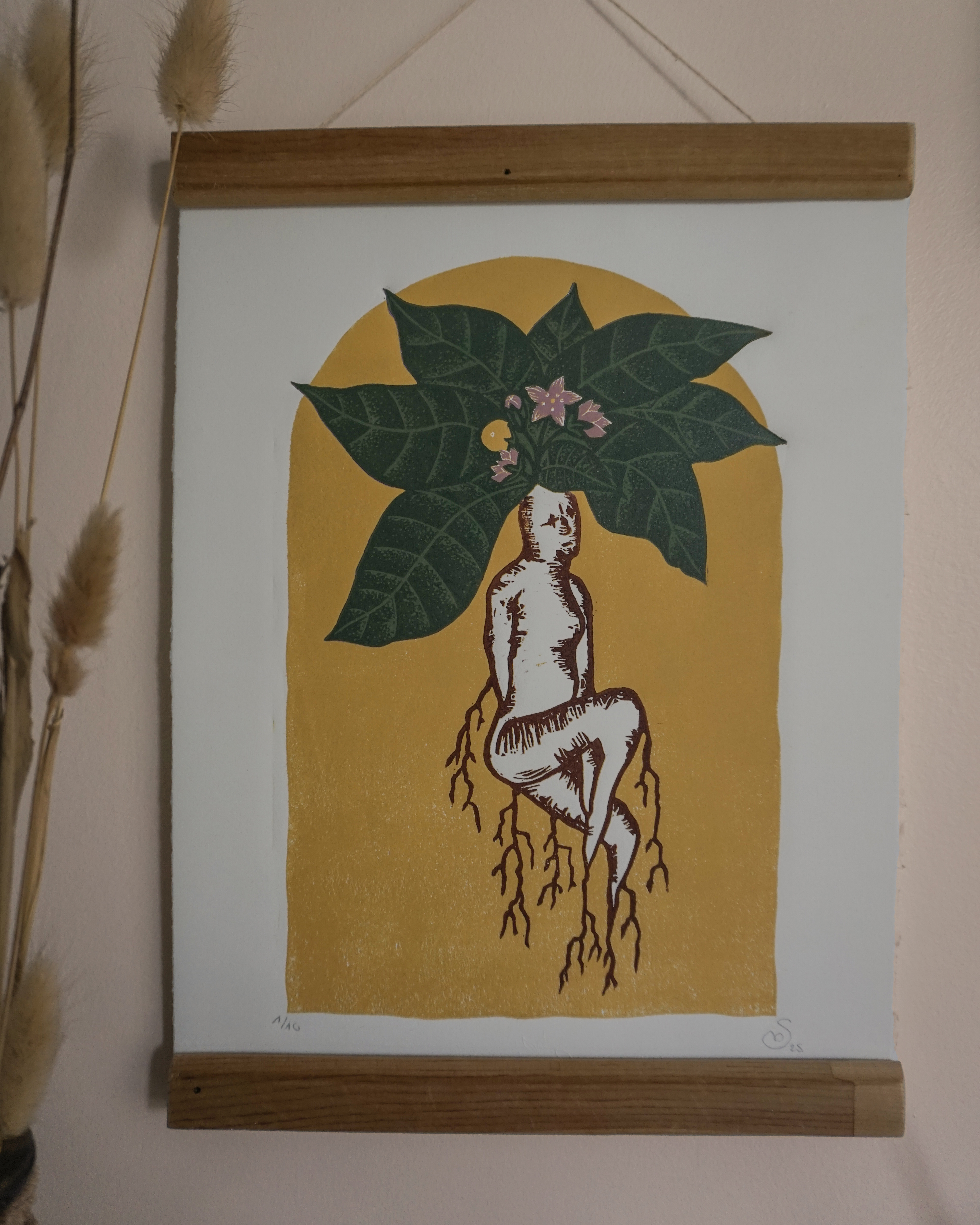
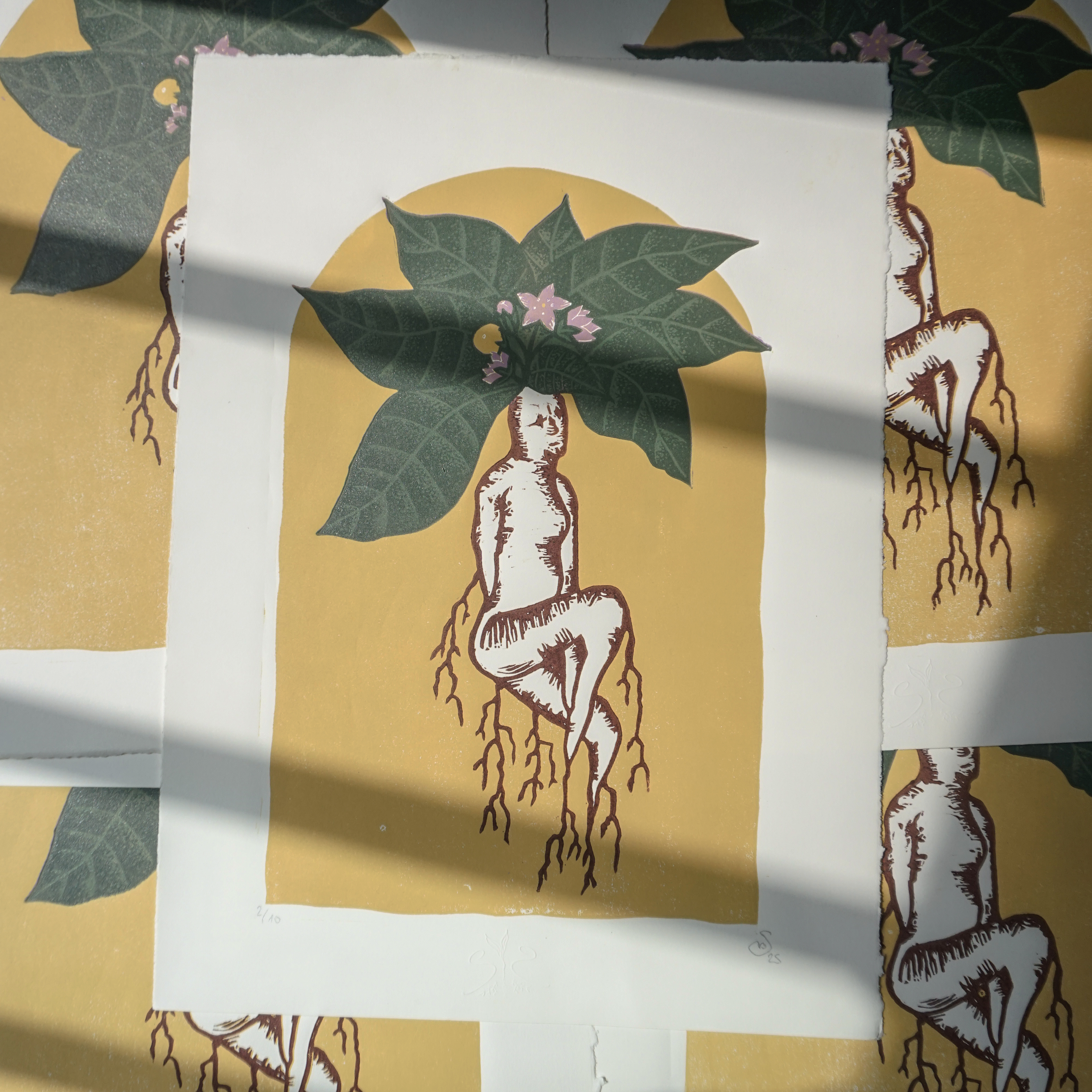

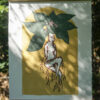
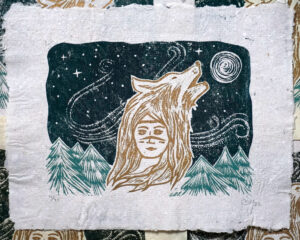


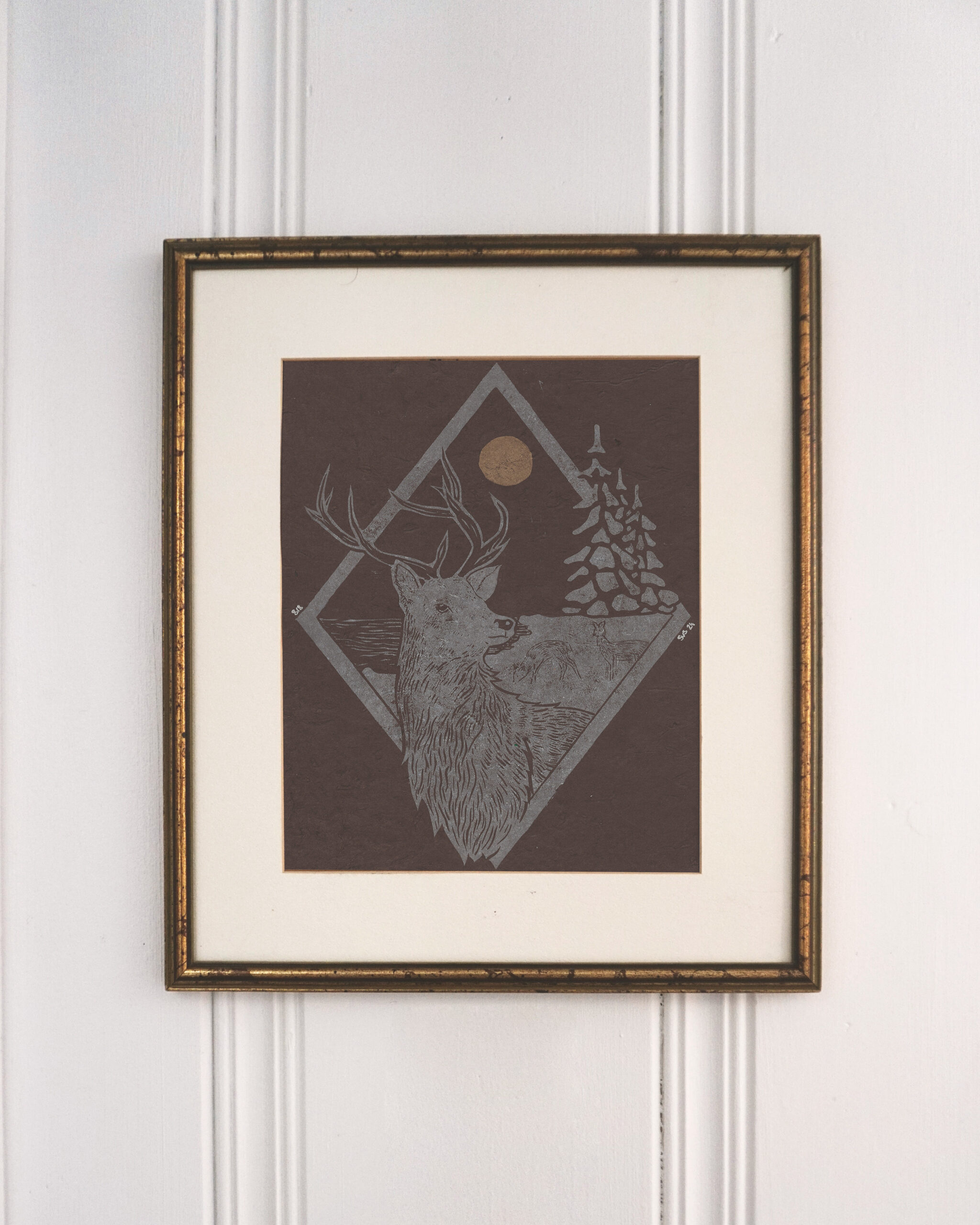
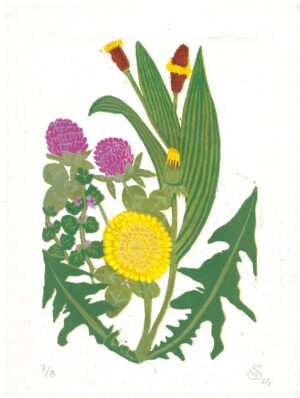
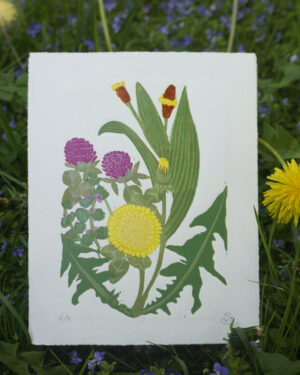
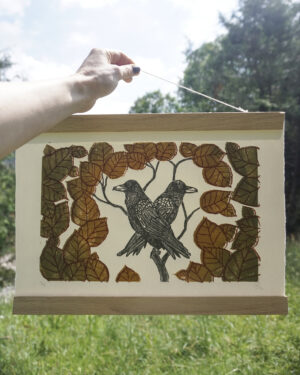
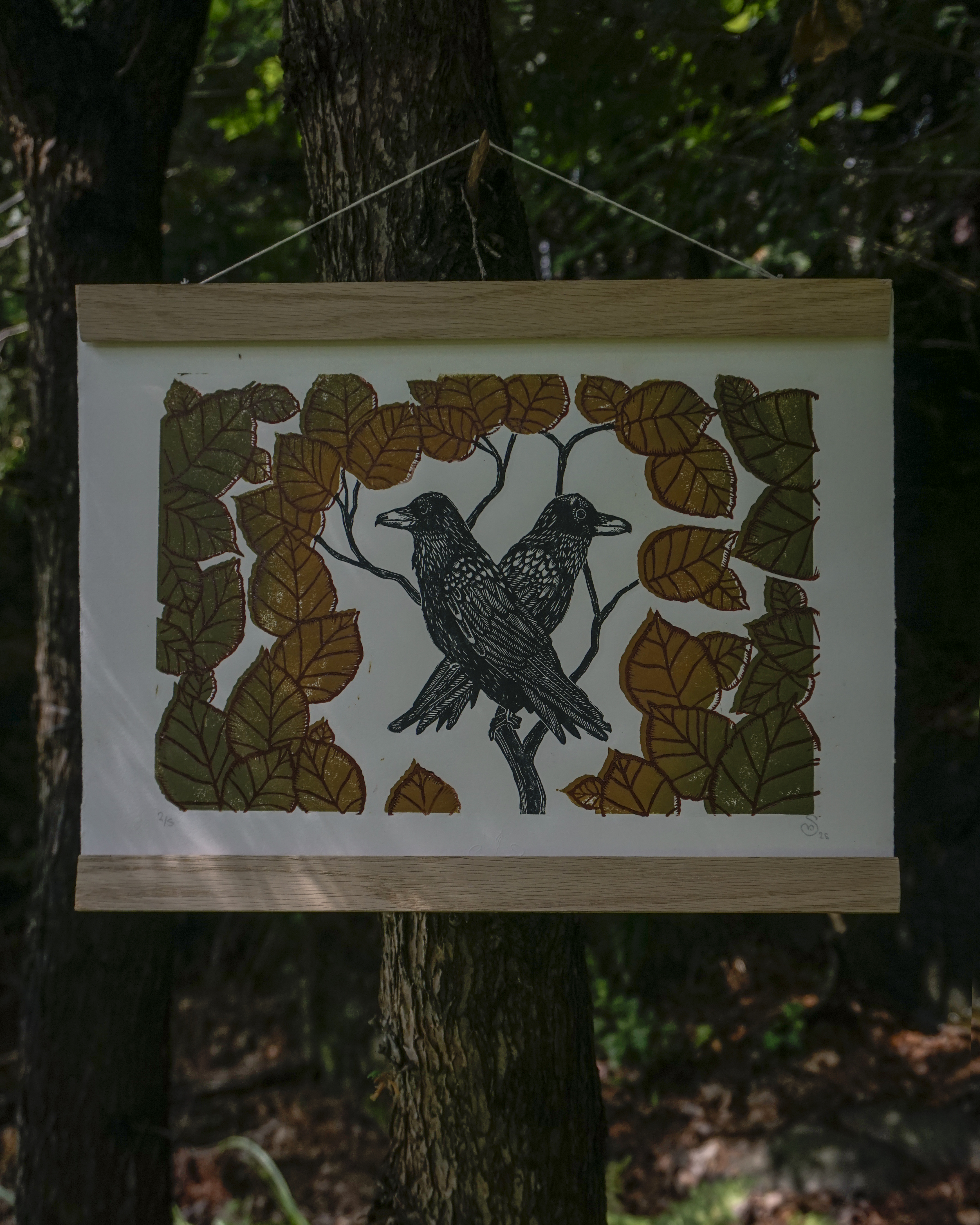
Reviews
There are no reviews yet.